|
2022 is ending and we decided to look back and summarize some of our achievements. 2022 was as usual extremely exciting for Drizti, with new functionality added to HPCBOX, support for exciting new hardware and some cool achievements which once again validate our vision of One Cloud HPC Platform with a Personal Supercomputing experience. We are very Thankful to all our customers and partners who drove us to improve HPCBOX and gave us the opportunity to support their innovation. Highlights of 2022Support for cutting-edge CFD with CONVERGEMidway through 2022, we collaborated with Convergent Science and added support for their cutting-edge CFD software package, CONVERGE, and it’s accompanying tools CONVERGE_Studio and Tecplot. With this integration, we were able to empower CONVERGE users with best-in-class HPC resources, powered by AMD Milan-X, while still giving them the possibility to use CONVERGE just as they would on their local workstations. i.e., in fully graphical interactive mode. Thanks to Convergent Science for their support and collaboration to make this happen. Read about this in detail here Tapping into HPC on Azure literally from the cloudsDuring one of my flights over the Atlantic, I had the opportunity to fly Qatar Airways. Because of a need to support some users and to continue my development work to add OpenRadioss support to HPCBOX, I made use of their on-board Wi-Fi. It was a well priced package and to my surprise, I was able to work effectively on one of our HPCBOX clusters in the East US, from over the Atlantic, utilizing the fully interactive user experience of HPCBOX. Because HPCBOX lets us use our applications with their native graphical interface on HPC clusters, I was also able to use my development tools like VS Code and continue writing code for the next version of HPCBOX. Amazing! Overnight upgrade to 3D V-Cache with AMD EPYC Milan-XLast year Microsoft announced the preview of Milan-X with 3D V-Cache technology. We’d made sure HPCBOX could support it and when it went into GA, our users were pleasantly surprised that their simulations were running much faster when they powered on their HPCBOX clusters one morning after having shut them down overnight before going home! Thanks to Microsoft for planning this seamless upgrade. I believe HBv4 will be upgraded to AMD Genoa-X the same way. Bringing HPC to Microsoft Modern WorkplaceHPC has always been a niche area and kind of cut off from all the other modern workplace tools like Microsoft Office, Microsoft Teams etc. We wanted to bridge this gap and pave the way for future development of HPCBOX and for our plans to make HPC accessible to more business areas within an organization. As our first step in this endeavor, we integrated HPCBOX Management directly into Microsoft Teams and created a channel for Help and Support within Teams. This was an exciting feature to design and build. Now, we have a hook into Modern Workplace and we just have to plugin HPC capabilities to it :-). Read about this in detail here Looking ahead into 2023Eagerly looking forward to 2023 and some of the plans are:
That’s a wrap for 2022. Drizti wishes everyone Happy Holidays and a Wonderful and Healthy 2023!  Author Dev S. Founder and CTO, Drizti Inc We are pleased to announce the integration of HPCBOX with Microsoft Teams. This integration brings High Performance Computing(HPC) capabilities directly into Teams and enhances Microsoft’s Modern Workplace by making HPC on Azure, powered by HPCBOX, available directly within streamlined business processes that are enabling millions of users around the globe, promoting effective collaboration and automation on the Microsoft Office Platform. HPCBOX is a fully interactive, desktop-centric, intelligent workflow cloud HPC platform for automating and executing application pipelines. Making HPC accessible and easy to use for every engineer, scientist and developer has always been the goal of our platform. With this integration into Teams, we are extending our capabilities and embarking on the next step, which is to get our platform integrated into Modern Workplace and make HPC available to even more business use cases and directly into the digital workplace powered by the Microsoft Office Platform. CapabilitiesAs the first step in this journey, we are introducing HPCBOX Management directly into Microsoft Teams and bringing our platform management and support capabilities directly into the Teams user experience. ManagementWith the HPCBOX App in Teams, users can efficiently keep track of the state of their HPC workloads on Azure, start/stop/monitor their HPCBOX clusters from Teams on the Desktop, Web or on a mobile device. With Single sign-on, users can continue seamless monitoring and management of their HPC workloads from within a Teams meeting, group chat or channel. HPCBOX SupportWith the HPCBOX Support Bot, users can directly get in touch with Drizti’s experienced HPC support team and get support for any HPCBOX related questions or even file enhancement requests. Get StartedHPCBOX is available as an App within Teams and is free to use for any current or future HPCBOX subscriber. The App can be installed directly from Microsoft’s AppSource and deployed as a Tab within Teams. Please get in touch with us if you require assistance in deploying our app within your organization. FutureThis is just the beginning of bringing HPC on Azure directly into Modern Workplace. We have a lot of new features in the pipeline for making HPC on Azure, powered by HPCBOX, an integral part of today’s automation and business processes, making HPC available to your employees, wherever they are, to encourage productivity, engagement, collaboration and accelerate innovation with the power of supercomputing.  Author Dev S. Founder and CTO, Drizti Inc IntroductionWe are excited to announce support for Convergent Science products on the HPCBOX™, HPC Cloud Platform. This article details the capabilities and the benefits provided by the HPCBOX Platform for CONVERGE users. CONVERGECONVERGE is a cutting-edge CFD software package that eliminates all user meshing time through fully autonomous meshing. CONVERGE automatically generates a perfectly orthogonal, structured grid at runtime based on simple, user-defined grid control parameters. Thanks to its fully coupled automated meshing and its Adaptive Mesh Refinement (AMR) technology, CONVERGE can easily analyze complex geometries, including those with moving boundaries. Moreover, CONVERGE contains an efficient detailed chemistry solver, an extensive set of physical submodels, a genetic algorithm optimization module, and fully automated parallelization. HPCBOXHPCBOX delivers an innovative desktop-centric workflow enabled platform for users who want to accelerate innovation using cutting edge technologies that can benefit from High Performance Computing Infrastructure. It aims to make supercomputing technology accessible and easier for scientists, engineers and other innovators who do not have access to in-house datacenters or skills to create, manage and maintain complex HPC infrastructure. To achieve a high level of simplicity in delivering a productive HPC platform, HPCBOX leverages unique technology that not only allows users to create workflows combining their applications and optimization of underlying infrastructure into the same pipeline, but also provides integration points to help third-party applications directly hook into its infrastructure optimization capability. Some of the unique capabilities of HPCBOX are:
CONVERGE support in HPCBOXHPCBOX provides end to end support for the entire user workflow for CONVERGE with its fully interactive user experience capabilities and empowers CONVERGE users with the possibility to perform their entire pre/solve and post processing directly on an HPCBOX cluster. HPCBOX clusters for CONVERGE are optimized for delivering the best possible performance available on the cloud, utilizing Microsoft Azure’s Milan-X based HBv3 instance types for solving and NV instances with OpenGL capable NVIDIA graphics cards for optimal user experience when using CONVERGE Studio and Tecplot for CONVERGE. HPCBOX also sets up the most suitable MPI and networking configuration, specifically HPC-X for delivering the best possible performance when users are executing large scale models which span across multiple compute nodes which are interconnected with Azure’s state-of-art InfiniBand HDR network. Using CONVERGE on HPCBOXUsers can create application pipelines seamlessly by using HPCBOX’s CONVERGE application. HPCBOX automatically proposes the most suitable configuration for every step in the workflow. For example, selecting CONVERGE_Studio will automatically trigger use of a graphics node which is powered by an OpenGL capable NVIDIA graphics card. Furthermore, depending on the model, users have an option to set the number of MPI tasks on each compute node involved in the computation. This allows for optimal configuration with the required amount of memory for each cpu core involved in the MPI communication. With the fully interactive user experience delivered by HPCBOX, CONVERGE users can easily edit their input files directly on the cluster and work the same way as they would on their local workstations or laptops. The entire HPC optimization is handled automatically by HPCBOX reducing the learning curve for users who don’t have much experience with HPC clusters. Users will also be able to track the progress of their simulation in real time within the HPCBOX environment. Additionally, using the connect/disconnect feature of HPCBOX, users can start a simulation on the cluster from one location, and connect from anywhere else to follow up on it. Convergent Science support personnel will be able to connect to the user’s desktop on the HPCBOX cluster and provide real time support when required. This eliminates the need to transfer model files back and forth between the user and the support team and improve the support experience. Get StartedTo get started with using HPC on Azure for your Convergent Science products get in touch with HPCBOX support to discuss further. Please use this Contact Form to get in touch! About Convergent ScienceConvergent Science (www.convergecfd.com) is an innovative, rapidly expanding computational fluid dynamics (CFD) company. Our flagship product, CONVERGE CFD software, eliminates the grid generation bottleneck from the simulation process. Founded in 1997 by graduate students at the University of Wisconsin-Madison, Convergent Science was a CFD consulting company in its early years. In 2008, the first CONVERGE licenses were sold and the company transitioned to a CFD software company. Convergent Science remains headquartered in Madison, Wisconsin, with offices in the United States, Europe, and India and distributors around the globe. About Drizti Inc.Toronto, Canada based Drizti (www.drizti.com) delivers Personal Supercomputing. We believe, access, and use of a supercomputer should be as straightforward as using a personal computer. We’ve set out to upgrade the supercomputing experience for users with our expertise of High Performance Computing(HPC), High Throughput Computing, distributed system architecture and HPC cloud design. We aim to make scalable computing accessible to every innovator, helping them compete and innovate with the same freedom they enjoy on their personal workstations and laptops. Drizti’s HPCBOX platform delivers the same rich desktop experience they are used to when building complex products and applications locally and empowers them with workflow capabilities to streamline their application pipelines and automatically optimizes the underlying HPC infrastructure for every step in the workflow.  Author Dev S. Founder and CTO, Drizti Inc As another year comes to an end, as usual, we decided to summarize some of our achievements in 2021. 2021 was hyper charged for Drizti, with lots of new functionality added to HPCBOX, support for exciting new hardware and some cool achievements which validate our vision of "One Cloud HPC Platform - Any Application" delivering a Personal Supercomputing experience and driving innovation. We are very Thankful to all our customers and partners who drove us to improve HPCBOX and gave us the opportunity to support them. Highlights of 2021Some of the highlights in 2021 for Drizti and HPCBOX. New customersWe had an opportunity to increase our customer base and work with some very exciting use cases for HPC in the cloud, specifically on Microsoft Azure. These customers utilized HPCBOX for a variety of workflows using many different applications which could effortlessly be integrated into HPCBOX. Launch Partner for AMD EPYC MilanDrizti was one of the Microsoft launch partners for the Microsoft Azure HBv3 instances powered by AMD EPYC Milan. This happened in March of 2021 and little did we know that within 12 months we’d see an even more exciting upgrade of AMD EPYC Milan, more on that later. It was exciting to see Drizti’s logo along with other Microsoft partners displayed during the AMD EPYC launch event for Milan. Thank you, Microsoft, for recognizing your partners. Read a more detailed blog post on this release here. HPCBOX AutoScalerAs usual, customer requirements and questions drive us to work harder and improve HPCBOX. We designed and implemented AutoScaling functionality in HPCBOX with support for spot priced instances on Microsoft Azure. This functionality lets users take advantage of the lower pricing on spot instances for their HPC workloads, while, at the same time, combine it with standard instances on the same HPCBOX cluster for critical workloads which cannot be restarted. You can read more about our AutoScaler here and support for spot instances here. Extreme scale supercomputing on HPCBOXWe had a wonderful opportunity in 2021 to work with scientists and researches from General Atomics and San Diego Supercomputer Center (SDSC) to develop a prototype for fusion reactor simulations on the cloud. We combined Microsoft’s Azure platform with Drizti’s HPCBOX and GA’s industry-leading CGYRO physics code to create a personal supercomputing experience for scientists giving them a cutting edge personal HPC resource for Fusion simulations. We used multiple NDv4 instances on Azure and the performance we were able to obtain surpassed some of the fastest supercomputers in use today for Nuclear Fusion simulations. The results were so impressive that we presented a poster at SC21 highlighting the results and potential future developments. You can read more about Extreme Scale Personal Supercomputing on Azure with HPCBOX here. You can read more on the HPC cloud prototype for Nuclear Fusion simulations powered by HPCBOX here. Hypercharged performance with Milan-XIn early December 2021, we got preview access to the next generation HBv3 instances on Microsoft Azure. These instances are powered by the new Milan-X processors. The performance numbers on these new instances are super amazing and we are again very thankful to Microsoft for giving us an opportunity to get ready for its launch right from Day-1. Read more about our experiences with Milan-X here. Looking ahead into 2022We are eagerly looking forward to 2022 and some of the things we’ve planned are:
That’s a wrap for 2021. Drizti wishes everyone Happy Holidays and a Wonderful and Healthy 2022!  Author Dev S. Founder and CTO, Drizti Inc
This post is short since it's an update to a previous post which can be found here.
Early Holiday Gift
On November 8th, 2021, Microsoft delivered an early Holiday Gift by announcing the preview availability of an upgraded version of the Azure HBv3 virtual machines. This upgraded instance was enhanced by 3rd Gen AMD EPYC™ processors with AMD 3D V-cache, codenamed “Milan-X”.
Being a Microsoft Partner, and always staying at the forefront of HPC in the cloud, delivering one of the easiest to use and scale HPC cloud platforms, HPCBOX, we at Drizti, had to get our hands on this new hardware and make sure our HPCBOX platform was able to support it immediately on GA. So, obviously, we signed up for the private preview and Microsoft was kind enough to get us access around late November/early December. Technical Specification
I won't be going into much detail of the technical specification for the upgraded SKU since a lot of information and initial benchmark results have been provided on this Azure Blog and this Microsoft Tech Community article. In short, this upgraded SKU has the same InfiniBand capability as the original HBv3 i.e., HDR, same amount of 448GB memory and local scratch nVME. However, the main change is the switch to AMD EPYC™ processors with AMD 3D V-cache, codenamed “Milan-X” which offers a significant boost to L3 cache and brings it to around 1.5 gigabytes on a dual socket HBv3 instance.
Tests and Amazing Results
We performed a few tests to make sure that the HPCBOX platform was ready to support this upgraded SKU once it was released. We highlight the tests and the execution time speedup we noticed for them. I am not including case names and details here because some of them are customer model files. However, if you would like to get more details feel free to contact us.
In the above screenshot, you can see 4 powered-on HBv3 compute workers on an HPCBOX cluster. These HBv3 instances are the upgraded version of the SKU and on the right you can see the CPU information.
The tests were run on an HPCBOX cluster using CentOS 7.X as the base image.
In the chart and table above, we can clearly see a good improvement in performance using Milan-X. The larger cache size seems to give a good boost for the applications we tested and it appears that this boost will most likely be experienced with other workloads as well.
Availability in HPCBOX
Being at the forefront of HPC in the cloud, specifically on Microsoft Azure, Drizti is ready for the GA release of the upgraded HBv3 instances and we will be continuing our tests and providing feedback to Microsoft. We have a few more tests to conduct and also to make sure our AutoScaler is able to perform as expected with the Milan-X instances. It appears that the new HBv3 will be a drop in replacement in HPCBOX and most likely will just work out of the box with all the functionality delivered by HPCBOX.
Conclusion
Microsoft Azure has been the leader in delivering cutting-edge infrastructure for HPC in the cloud and we are privileged to have been partnering with the Azure HPC team. We had the opportunity of not only being a launch part for the original HBv3 "Milan" instances, but now, also be one of the early partners to test compatibility of these upgraded SKUs with Milan-X. AMD EPYC "Milan" was a big upgrade for HPC and with Milan-X, it appears that AMD has advanced further and delivered another cutting-edge CPU with amazing performance. Drizti, with our HPCBOX platform on Microsoft Azure is able to deliver a fully interactive Supercomputing experience for our users and it's very exciting that we can upgrade our end users and accelerate their innovation in minutes by just upgrading their compute nodes! Contact us to learn how you can get rid of in-house hardware and/or your existing cloud presence and get a seamless HPC upgrade to HPCBOX on Azure. 
Author
Dev S. Founder and CTO, Drizti Inc All third-party product and company names are trademarks or registered trademarks of their respective holders. Use of them does not imply any affiliation or endorsement by them.
We are pleased to announce preview support in HPCBOX for NVIDIA A-100 powered NDv4 instances on Microsoft Azure, specifically Standard_ND96asr_v4. As per Microsoft’s documentation, the ND A100 v4-series uses 8 NVIDIA A100 TensorCore GPUs, each with a 200 Gigabit Mellanox InfiniBand HDR connection and 40 GB of GPU memory.
Introduction
This blog post will be the first in what will hopefully be a two-part series with more information to share later. But, for now, using these machines was so exciting that an initial post was well worth it.
Drizti’s HPCBOX platform delivers a fully interactive turn key HPC solution targeting end-users directly and comes with expert HPC support offered by Drizti. This gives end-users a single point of contact and a fully integrated solution which has already been optimized or can be optimized by our HPC experts in collaboration with users for custom codes which are developed in-house. The NDv4 instances are cutting edge and Microsoft Azure is probably the only public cloud vendor to offer this kind of a machine configuration for applications that can effectively use multiple GPUs. The screenshot below shows the output of nvidia-smi on one of these instances. Not one but many for extreme scale
At Drizti, we like to make sure we can offer a truly super scale computing setup with a fully interactive Personal Supercomputing experience. We want our users to be able to use supercomputers in the same way as they use their PCs or workstations and eliminate the learning curve and time wasted waiting for efficient use of supercomputing technology. Therefore, we always try to challenge HPCBOX and our HPC capabilities, and in the case of NDv4, we used not one but multiple instances to use them at a massive scale and exercise all the GPUs and InfiniBand links at max throughput. It was an amazing experience.
In this screenshot we see multiple NDv4 instances attached to the HPCBOX cluster and ready for use.
In the screenshot below, you can see some of the HPCBOX Monitoring charts showing GPU utilization (32 GPUs in this case).
.The output below shows a device-device bandwidth test across two nodes over InfiniBand.
In the screenshot below, you can see a snapshot of the IB links and the GPU utilization from a four node test run.
HPCBOX AutoScaler to optimize budget spend
We recently announced support for low-priority spot priced instances in HPCBOX AutoScaler. Combining the NDv4 instances with the HPCBOX AutoScaler is a nice way to optimize your budget spend when running non-critical jobs where you can afford to have the job rescheduled and restarted when nodes get pre-empted. The nice thing about HPCBOX is that one can have both standard and low-priority instances on the same cluster and users can target different class of machines based on the importance of the jobs that they are submitting.
More to come
This post highlights how easy it is to access and use an extreme scale HPC cluster with the fully interactive user experience delivered by HPCBOX. Furthermore, with the personalized HPC support delivered by Drizti, HPC is way easier to use effectively than what it used to be and that is why we call this Personal Supercomputing!
Over time, we will be performing further tests, analysis, optimizations and try different applications on the NDv4s. Hopefully, we will be able to share some of those experiences in a future post. Availability
Get in touch with us to use HPCBOX and accelerate your innovation with extreme scale Personal Supercomputing!
Contact Us
Author
Dev S. Founder and CTO, Drizti Inc All third-party product and company names are trademarks or registered trademarks of their respective holders. Use of them does not imply any affiliation or endorsement by them.
This post is an update to the previous post announcing preview availability of the HPCBOX AutoScaler.
Low Priority Instances
As of 2021-08-17, the HPCBOX AutoScaler includes support for low priority instances. Low priority instances are called by different names on different cloud platforms, spot instance on Azure and AWS, preemptible instance on Oracle OCI.
The general idea being, these instances are the same hardware configuration as the standard instances, but, they can be preempted at any time with a short notification by the cloud vendor. Although these instances can be evicted, they do offer a much lower price and are well suited for jobs which don't have a tight deadline. Ideal Setup
An important functionality for efficient use of low-priority instances is auto-selection and auto-rescheduling. Auto-Selection meaning, we want the right low-priority hardware to be selected based on the job type, for example, we would like to use specific GPGPU nodes for CUDA jobs, dense CPU nodes with high speed interconnect for CFD jobs, etc. Auto-rescheduling means, we would like the system to be able to automatically reschedule jobs when the cloud vendor is about to evict the instances and for applications which support it, we would also like the jobs to be automatically restarted from the last save point.
We are pleased to announce that the HPCBOX AutoScaler supports both these critical functions out of the box. Example Scenario
Let us consider a use-case to understand how the Intelligent AutoScaler in HPCBOX handles optimization and efficiently handles combining three different classes of hardware on the same cluster.
The following picture represents an HPCBOX Cluster which is a combination of both reserved (resources with a usage commitment, on Azure called Reserved Instances), standard pay-as-you-go resources and low-priority resources. To optimize the budget spend in such a configuration, one would want the reserved instances to be always powered-on to provide a baseline capacity for the cluster and automate the use of pay-as-you-go+low-priority resources to minimize resource wastage. Furthermore, we could assume that the compute workers on this cluster are a combination of different hardware configurations, for example, on Azure, we could assume a combination of HB120rs_V2 and HB120-16rs_v3 (combination of AMD EPYC “Rome” and “Milan” hardware).
Depending on the type of job that comes into the system, AutoScaler either takes no action, powers on standard rate PAYG hardware, or, low-priority PAYG hardware. It also handles auto power-off of the instances once jobs leave the cluster.
Auto-Rescheduling
When the cloud backbone decides that it needs additional hardware for users who are willing to pay more, our low-priority workers are going to get evicted. However, the AutoScaler makes sure that user jobs get automatically rescheduled without any manual intervention.
Now, comes the best part of the AutoScaler. HPCBOX can automatically attempt restarting of the evicted nodes and when successful, user jobs which got evicted will automatically restart! All this is done with no manual intervention and this, we think, is really how an Intelligent HPC Cloud system should help users optimize their resource usage, deadlines and budgets!
Availability
HPCBOX AutoScaler is now available in preview and we would be very pleased to run a demo or perform a POC or pilot with you to optimize your cloud spend on HPC resources while making sure your jobs are always matched to the most suitable hardware. Schedule a meeting here.

Author Dev S. Founder and CTO, Drizti Inc All third-party product and company names are trademarks or registered trademarks of their respective holders. Use of them does not imply any affiliation or endorsement by them.
A cool new Auto-Scaling feature is now available in preview on HPCBOX. The Intelligent AutoScaler, built into the HPCBOX platform, automatically starts required number of Compute, GPU and CUDA workers suitable for a particular user job. Furthermore, the AutoScaler can automatically identify idle workers and power them off when there are no user jobs waiting to be executed on the HPCBOX cluster.
The HPCBOX AutoScaler is designed to require almost zero configuration from the administrator for taking advantage of auto scaling (no configuration required with set up of special host groups, scale sets etc.) and be cloud vendor agnostic, meaning, when HPCBOX is available on other cloud platforms like AWS or GCP, autoscaling should work the same way as it does on Microsoft Azure which is the current preferred platform for HPCBOX. Why AutoScaling?
HPCBOX has two modes of operation, a cluster can either be used for Personal Supercomputing, meaning, a cluster is for dedicated use of one user, or, a cluster can be in a Multi-User configuration which is more of a traditional set up with multiple users sharing a cluster, running different applications, distributed parallel, GPU accelerated and those that are used for visualization on workers which have a OpenGL capable GPU.
Dedicated single user clusters do not generally require any kind of autoscaling functionality because a user operates it like their PC/laptop and has complete control over its operation. Multi-User setups, however, can involve more complexity, especially when:
Example Scenario
Let us use a use-case to understand how the Intelligent AutoScaler in HPCBOX handles optimization of resources and budgets on the cluster.
The following picture represents an HPCBOX Cluster which is a combination of both reserved (resources with a usage commitment, on Azure called Reserved Instances) and pay-as-you-go resources. To optimize the budget spend in such a configuration, one would want the reserved instances to be always powered-on to provide a baseline capacity for the cluster and automate the use of pay-as-you-go resources to minimize resource wastage. Furthermore, we could assume that the compute workers on this cluster are a combination of different hardware configurations, for example, on Azure, we could assume a combination of HB120rs_V2 and HB120-16rs_v3 (combination of AMD EPYC “Rome” and “Milan” hardware).
Reserved Instances -> 3 HB120rs_V2
Pay-as-you-go -> 1 HB120rs_V2 and 2 HB120-16rs_v3
When a job which can be satisfied by the baseline resources comes into the system, the AutoScaler does nothing and lets the job get scheduled on the available compute workers.
When new jobs come into the system, the AutoScaler gets into action and matches the jobs to the most suitable hardware, intelligently calculates the required number of workers which would satisfy the job and powers them on with no admin/user interaction. For example, we see in the image below that two jobs have entered the system, each suitable for different hardware configurations, AMD Epyc “Rome” powered HB120rs_V2 and AMD Epyc “Milan” powered 16 core HB120-16rs_v3.
When jobs exit the system, the AutoScaler automatically identifies the idle workers and powers them off while maintaining the baseline configuration of the cluster.
Visual Monitoring
Visualization is important for users to know when their jobs might start. HPCBOX includes a new AutoScaler event monitoring stream which automatically gets updated with every action the AutoScaler is currently taking and will be taking in the next iterations.
Availability
HPCBOX AutoScaler is now available in preview and we would be very pleased to run a demo or perform a POC or pilot with you to optimize your cloud spend on HPC resources while making sure your jobs are always matched to the most suitable hardware. Schedule a meeting here. 
Author Dev S. Founder and CTO, Drizti Inc All third-party product and company names are trademarks or registered trademarks of their respective holders. Use of them does not imply any affiliation or endorsement by them.
This is one of the most exciting posts I’ve written in my 15+ years of existence in the High Performance Computing (HPC) industry.
AMD EPYC Zen 3 “Milan” is integrated, tested and available on the HPCBOX platform on Microsoft Azure, on LAUNCH DAY! This is something which seldom happens in the HPC world, very few users ever get to start production on day one of the release of a new and very impressive processor generation upgrade. I will not be doing any technical comparison between Zen 3 and Zen 2 and neither will I present any specific application benchmark numbers in this post. I am sure there’ll be many posts by AMD, Microsoft and other ISVs who’ll be publicly sharing information on the performance boost they see for their codes with EPYC Zen 3 “Milan”. This post will be more about HPCBOX and how we could deliver this upgrade experience for our users, on launch day and without having to set our hands on the physical hardware or physically be present in a datacenter(s) (actually multiple regions)! Awesome work and support from the Azure team! Drizti was a launch partner for the new HBv3 instance size on Microsoft Azure and these instances are powered by the new EPYC 7xx3/Milan CPUs, HDR InfiniBand and sport very impressive dual NVMe drives which give a big performance boost to applications which use local scratch, specifically when they are striped. Read more about HBv3 here Unbelievably quick CPU generation upgrade
It all started with Drizti getting access to 1000+ cores of HBv3 instances for functional and compatibility testing, to make sure we are ready for GA availability of HBv3 on launch day of AMD EPYC ”Milan” CPUs. We went through testing, adding necessary support within the HPCBOX platform to make sure we are able to use the cool new features available on the instances, like automate striping of NVMe, testing out MPI compatibility, testing the workflow component of HPCBOX, auto-scaling/shutdown/start etc. and all other functions which are offered by the HPCBOX platform. In addition to this, we also did some performance tests with different ISV and open-source codes, mainly to make sure the HPCBOX workflow engine can correctly handle the new instances and automatically optimize application pipelines to take advantage of the new hardware.
Some of the applications we tested were ANSYS CFX, ANSYS Fluent, OpenFOAM. At a high level, we can share that we are seeing impressive performance benefits of using EPYC “Milan”, particularly for large runs. Also, for applications which are local scratch bound, we expect users to get a good boost due to the possibility of having striped NVMes in HBv3. We also did a test to see how easy it would be to upgrade HPC for our users and were really impressed that we could just switch our users from HBv2 to HBv3, meaning from “Rome” to “Milan” and to upgraded local scratch in under 30 minutes! This is mainly because of the design of the HPCBOX platform, it is a self-contained platform, and this gives us the ability to fine tune platform capabilities quickly without depending on external services to get upgraded first. Agile and Impressive! In Action
|
|
|
Exciting partnership with ANSYS
The exciting partnership with ANSYS gave us an opportunity to add support and test some of their products on HPCBOX for ANSYS users who use HPCBOX for HPC workloads on the cloud. Thank You to all the folks at ANSYS who have supported us.
Exciting time at the DMZ Accelerator
We had a wonderful time at the DMZ accelerator and graduated in 2020. Thanks to folks at DMZ for all the support.
On podcasts and the A-to-Z list
It was a really good feeling when HPCBOX was discussed on CFD Engine's podcast, episode 12. We were also on the A to Z of Cloud CFD list!
Sneak Peek for 2021
Now, to close, a sneak peek at what we are working on for 2021:
Multi-User Edition of HPCBOX
Although HPCBOX was born due to the need for a personal computing kind of experience when it comes to supercomputing, some cases, for example, when users sign up for 1-3 year reserved instances from the cloud infrastructure provider and don’t necessarily need the enhanced workflow functionality of optimizing infrastructure costs, have slightly different requirements. Since the hardware is going to be powered on for the entire period of the reserved instance, it makes sense to have a traditional cluster setup with multiple users on the same HPCBOX cluster. To facilitate this scenario, we have been hard at work on releasing a final version of our HPCBOX Multi-User edition.
Sign Up for a Preview Here
HPCBOX Linux Virtual Desktop (LVD?)
Although Drizti’s core area of expertise is HPC, because of our experience with Microsoft Azure, we’ve also helped some customers deploy their Windows Virtual Desktop pools, especially due to the need for many of them to implement Work-From-Home support. We realize that not all applications are compatible with and not all users strictly use Microsoft Windows, some applications work better on Linux desktops, so, we’ve started building a Linux Virtual Desktop solution for deployment on the cloud, specifically, Microsoft Azure, for now. This solution is mainly targeting those users and administrators who are just looking for a turn-key shared/dedicated standalone Linux Desktop and not necessarily a distributed HPC cluster.
Sign up here to get on the preview list
Will HPCBOX be available on Amazon AWS in 2021?
Well, this is only a sneak peek section into 2021, so, can't say Yes or No to this one!
That’s a wrap for 2020. Drizti wishes everyone Happy Holidays and a Wonderful and Healthy 2021!

Author
Dev S.
Founder and CTO, Drizti Inc

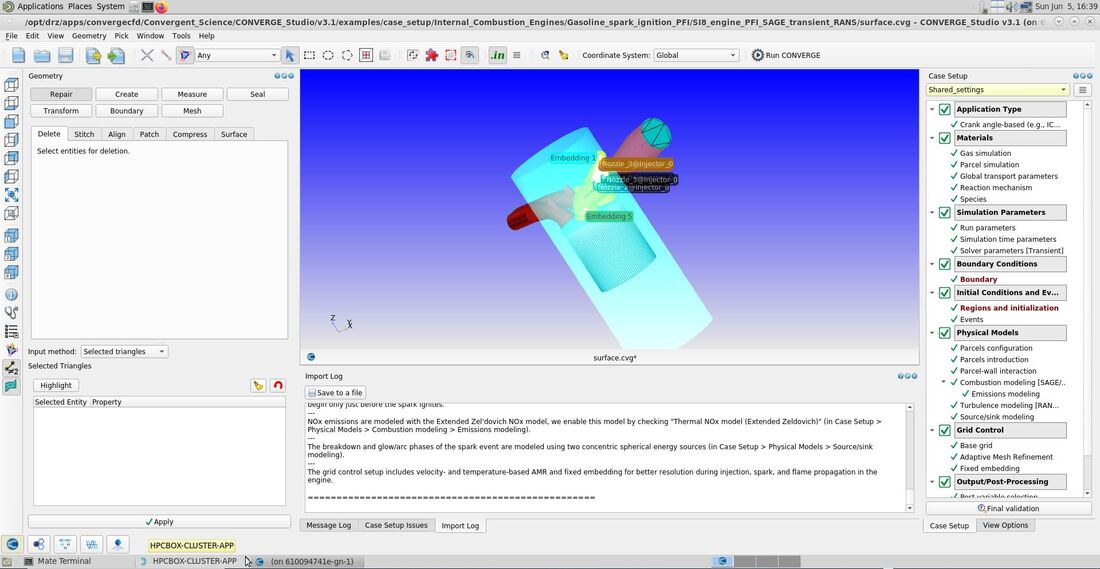
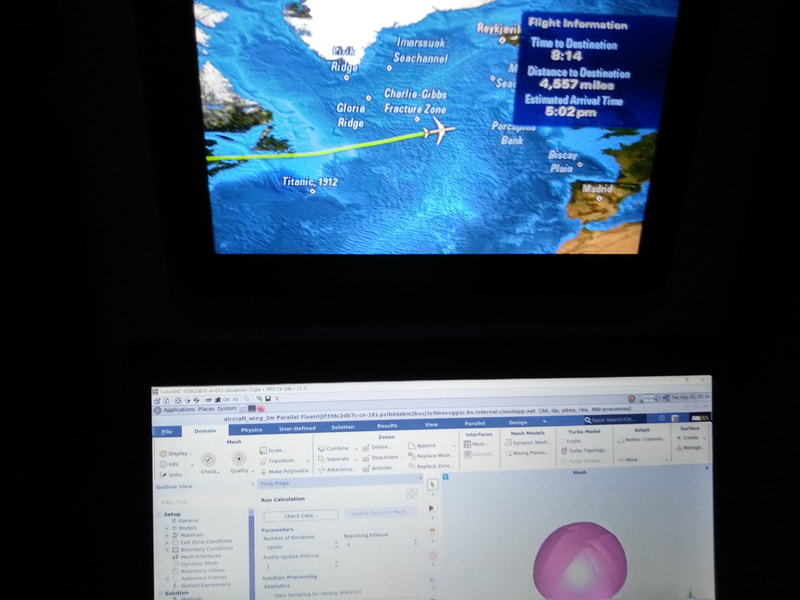
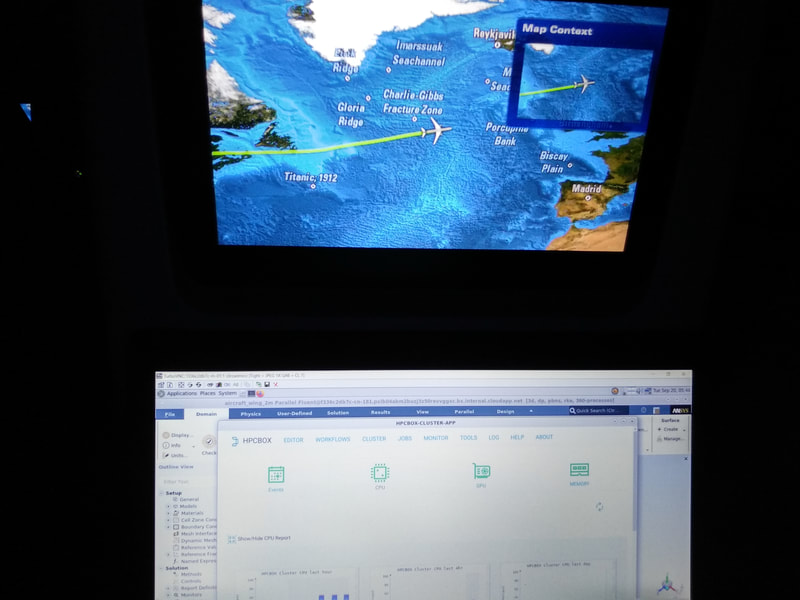
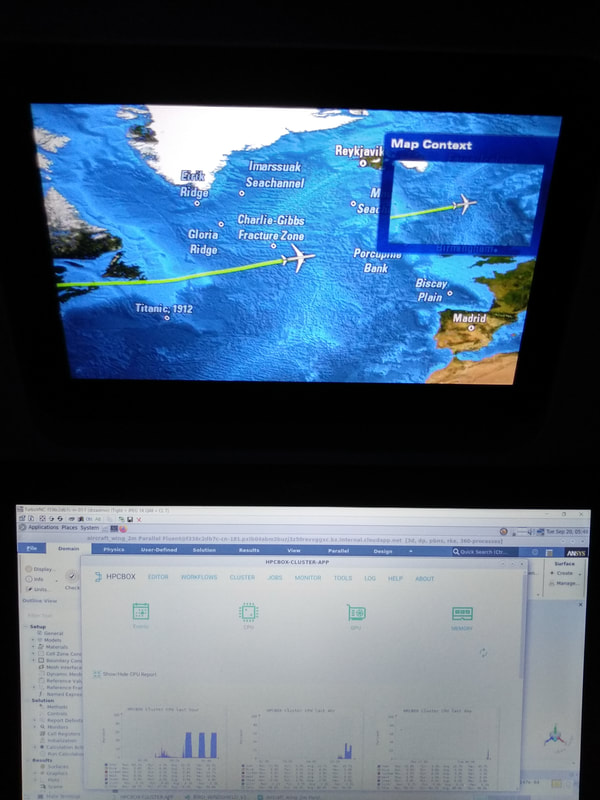
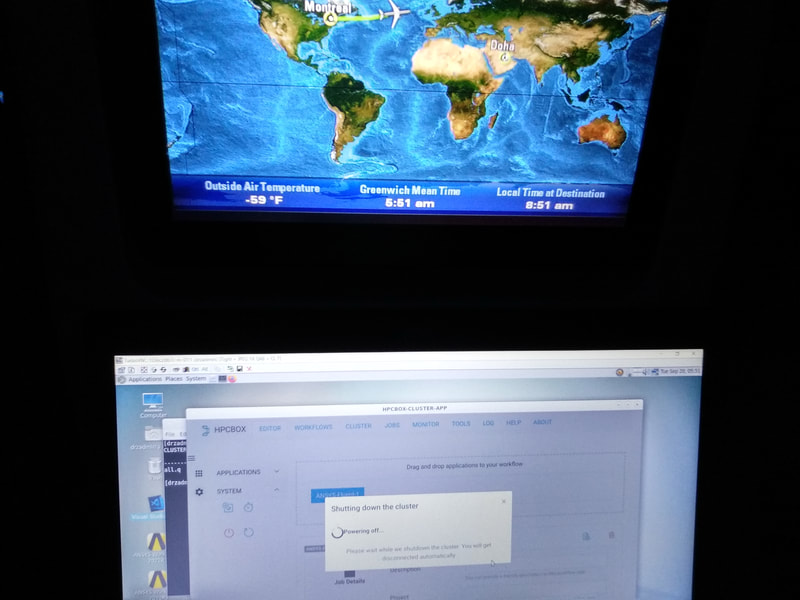
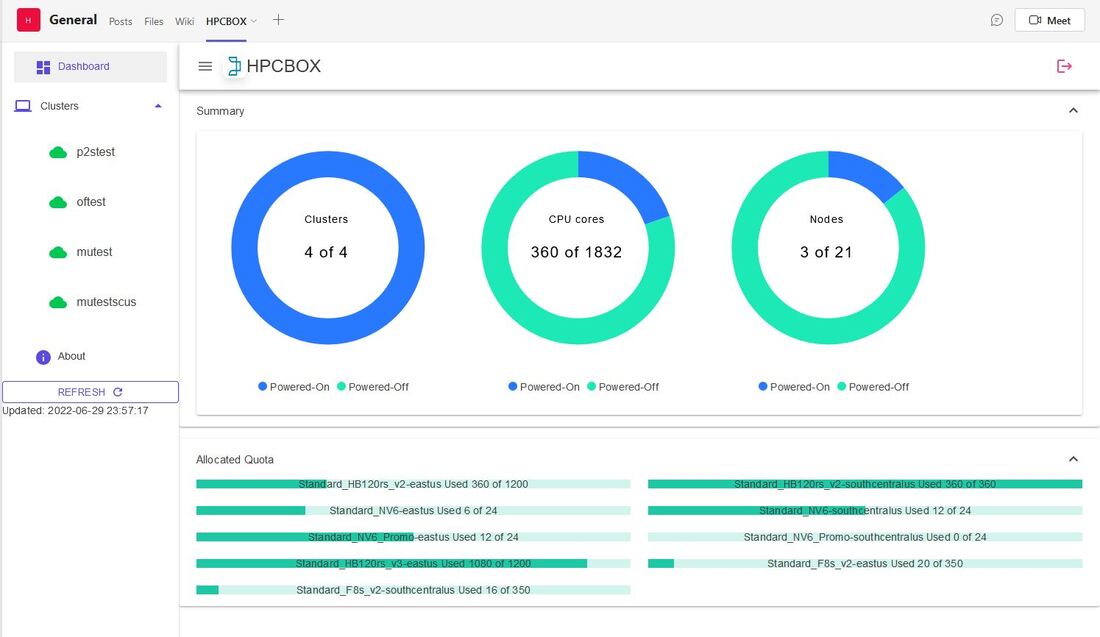
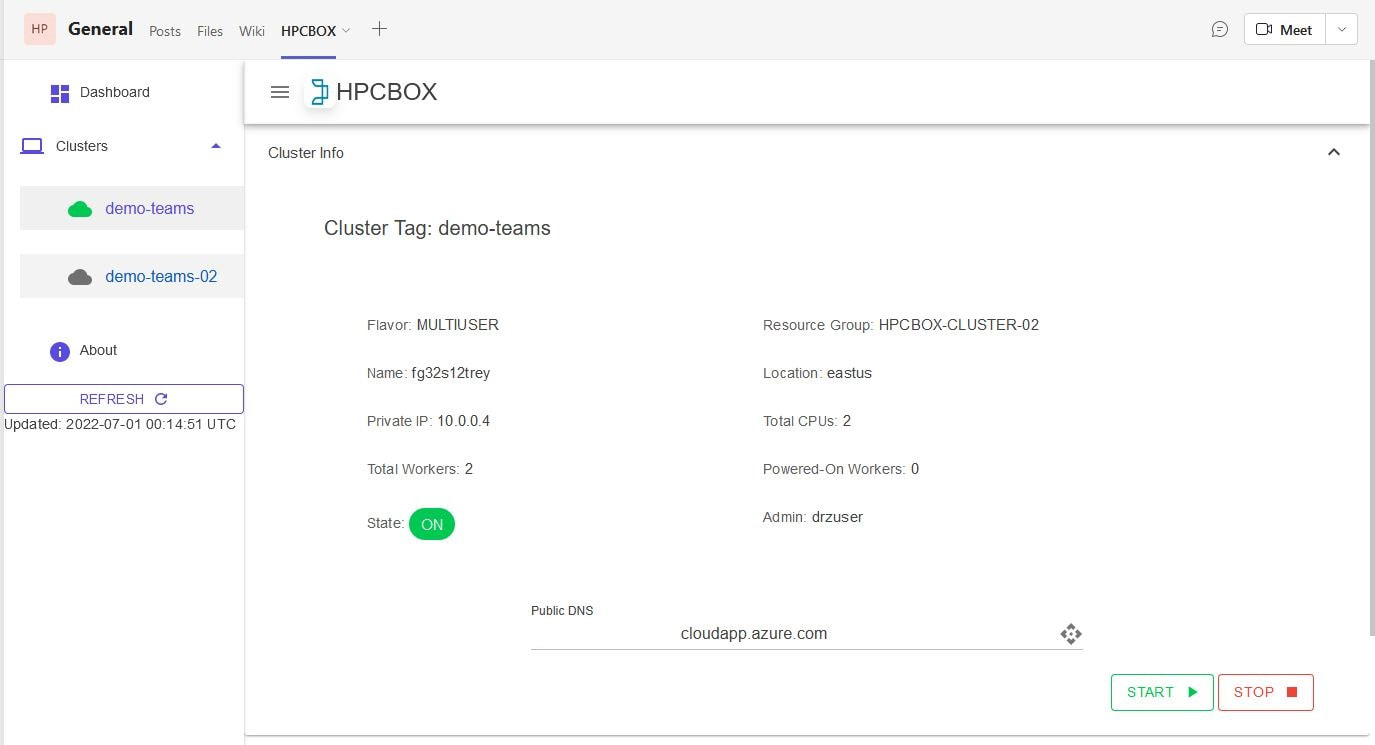
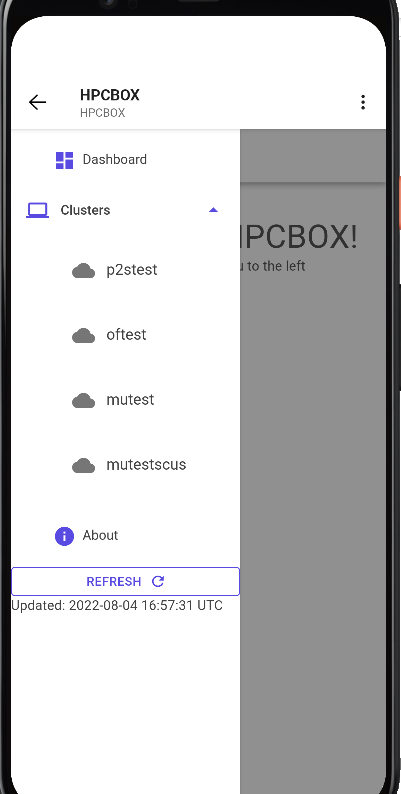
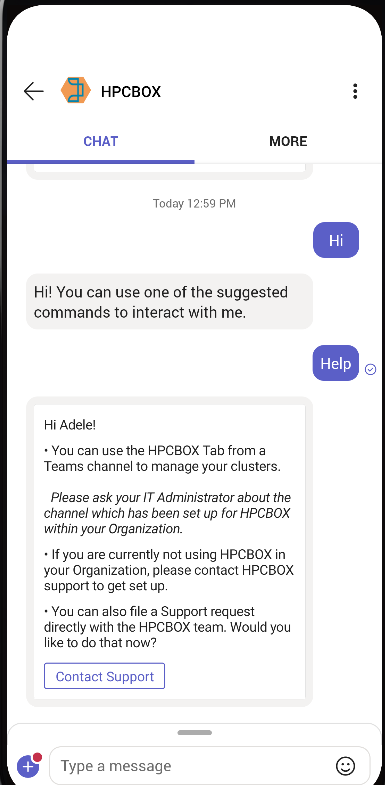

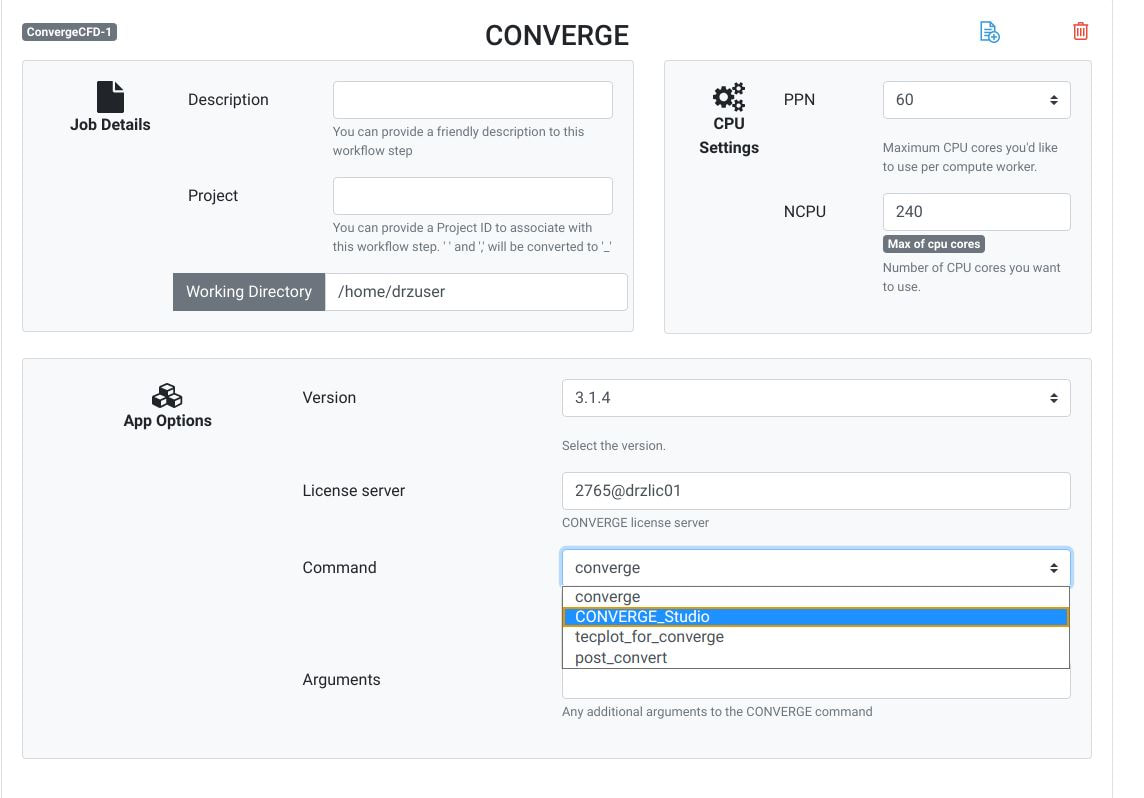
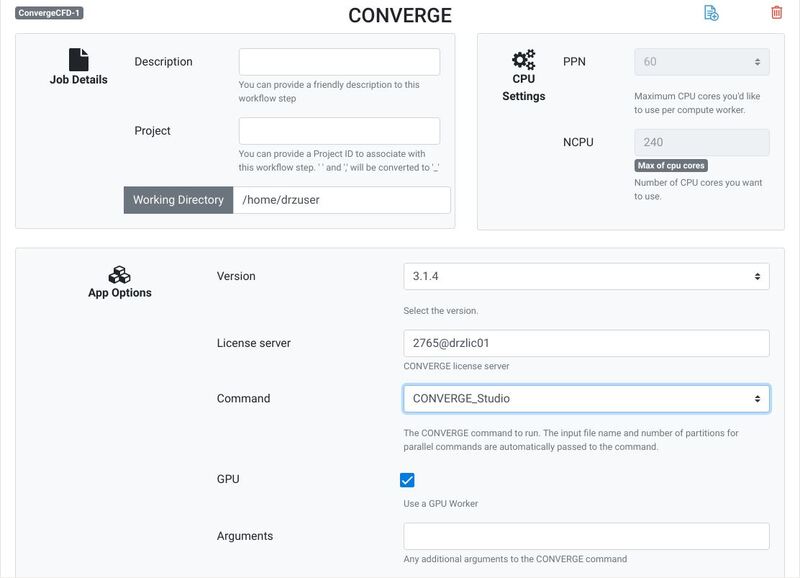
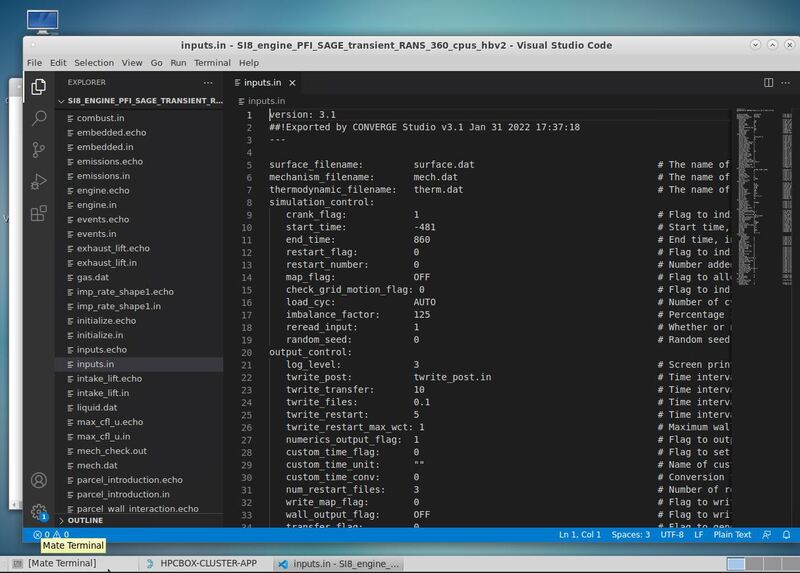
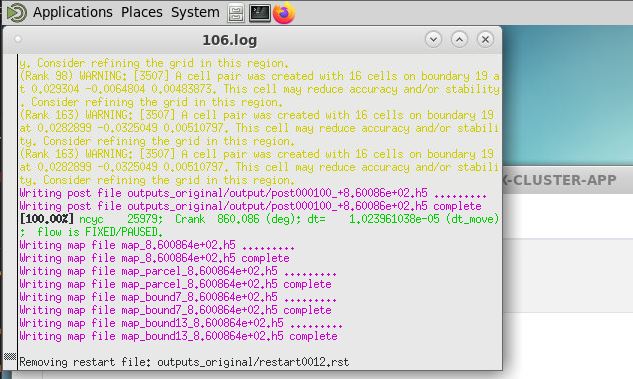
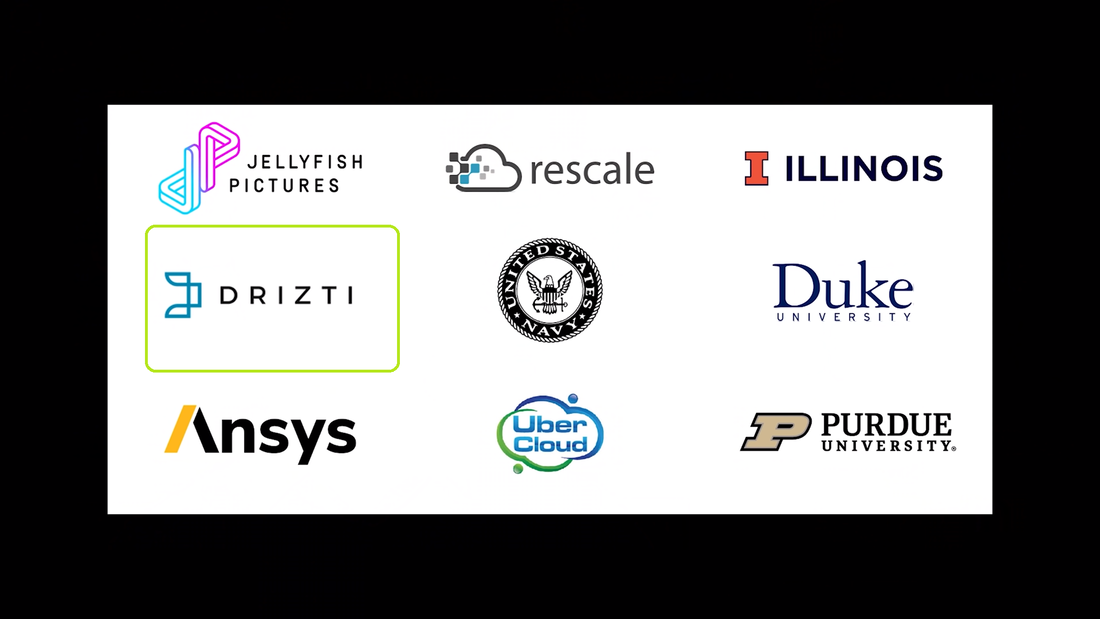
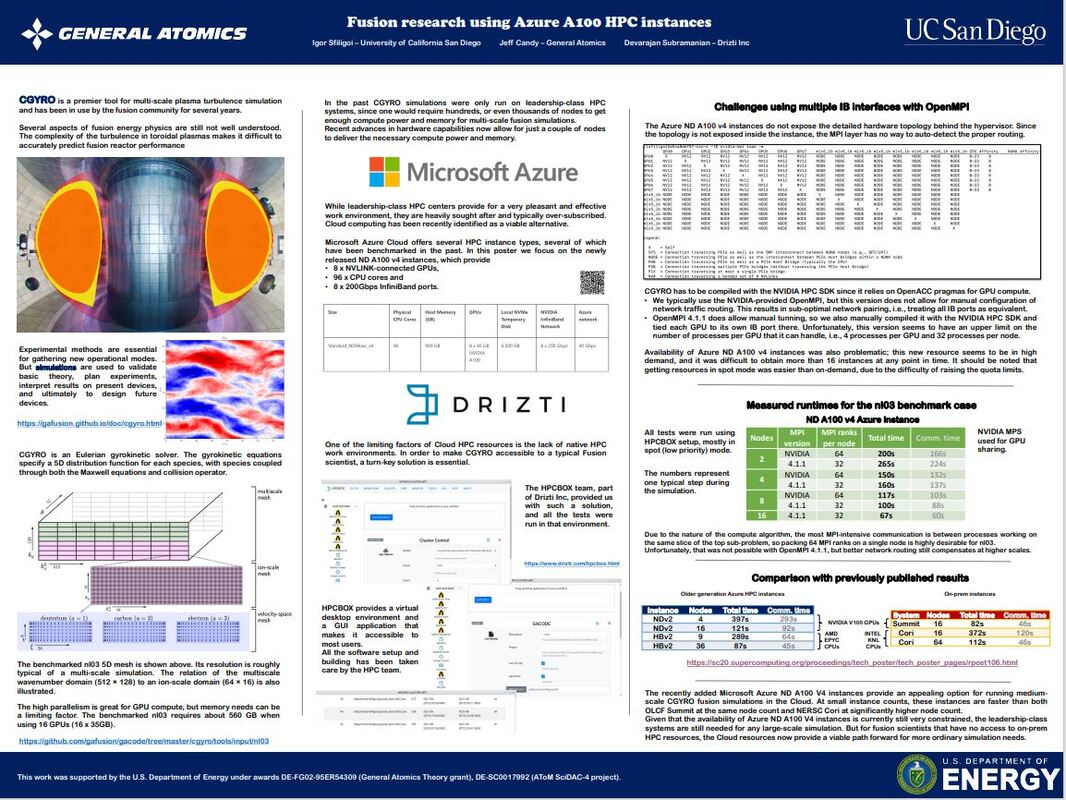
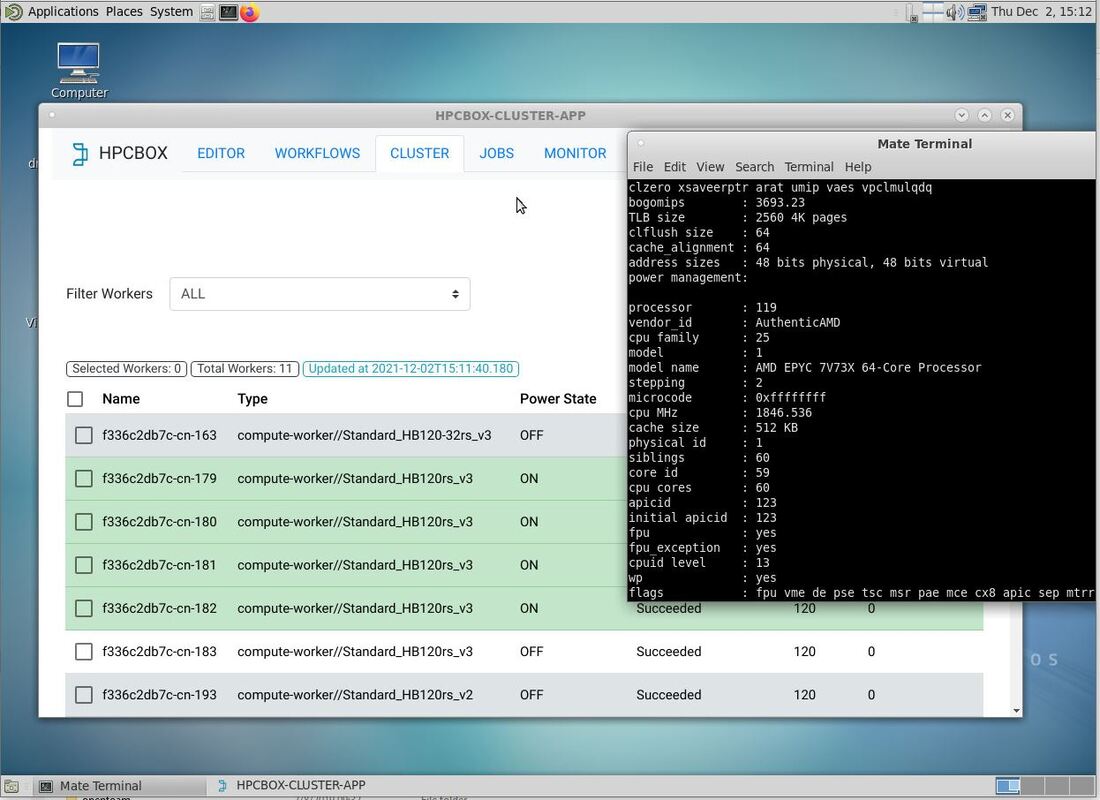
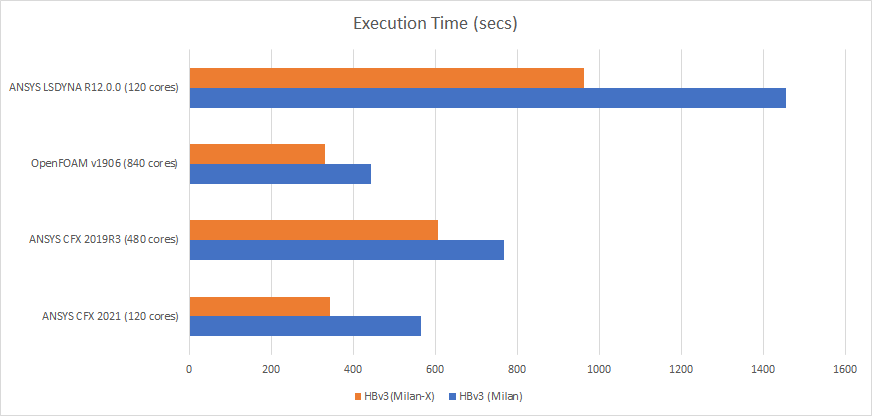
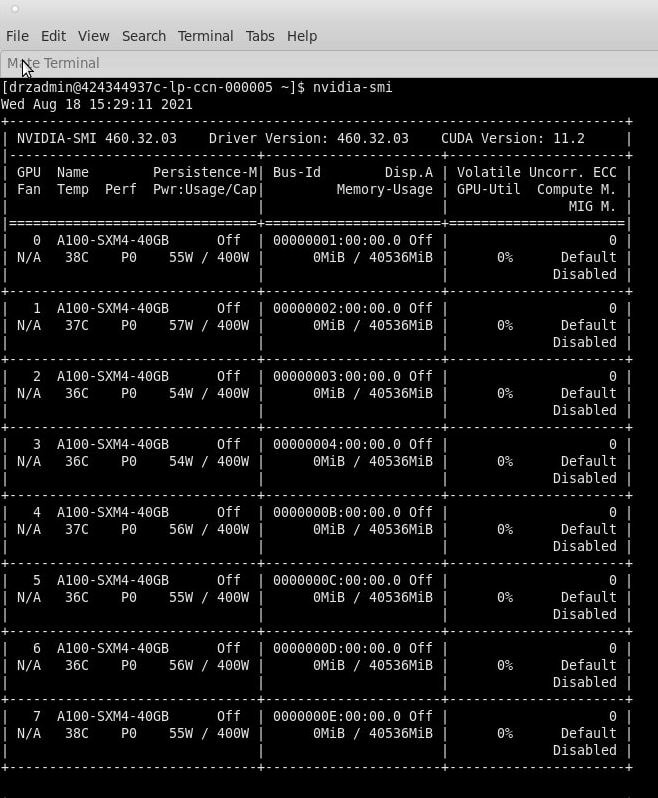
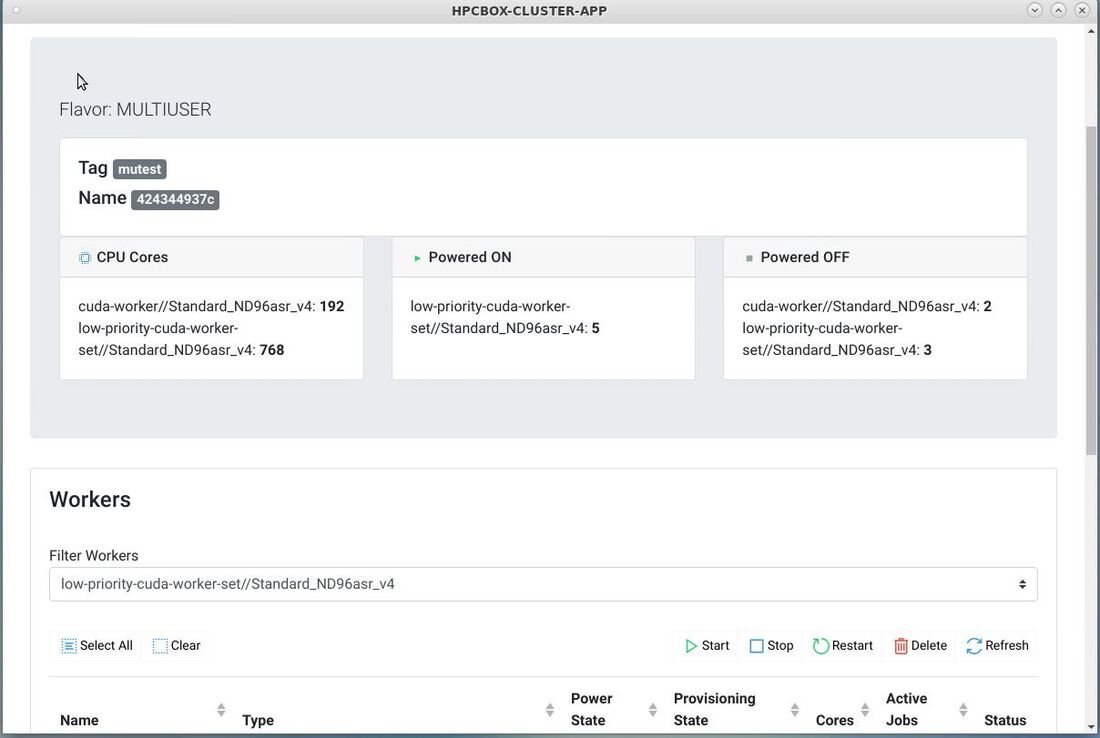
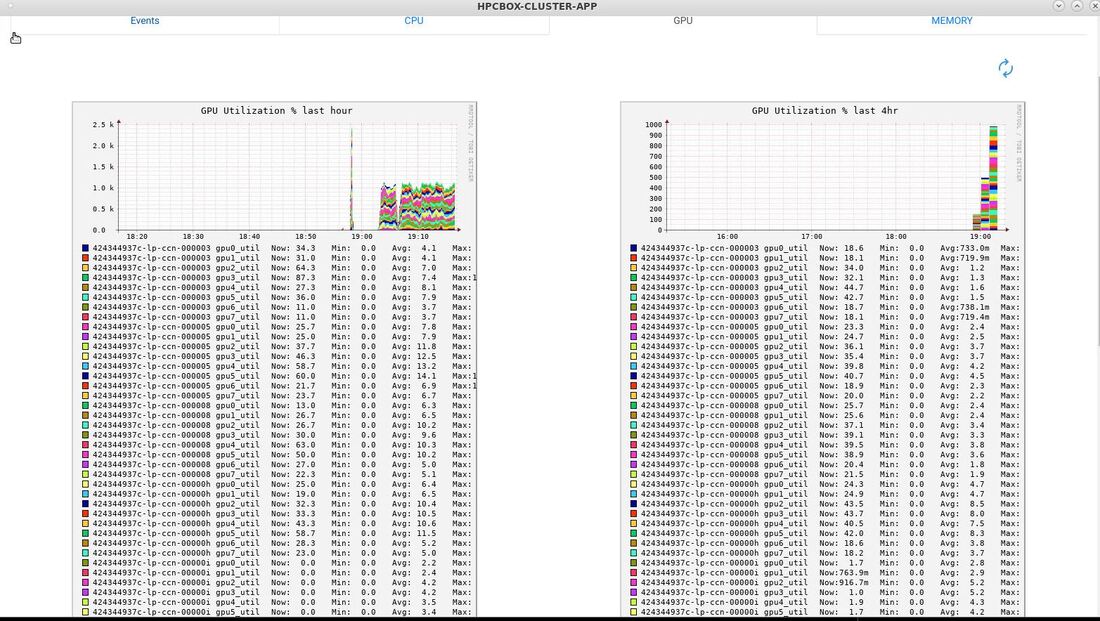

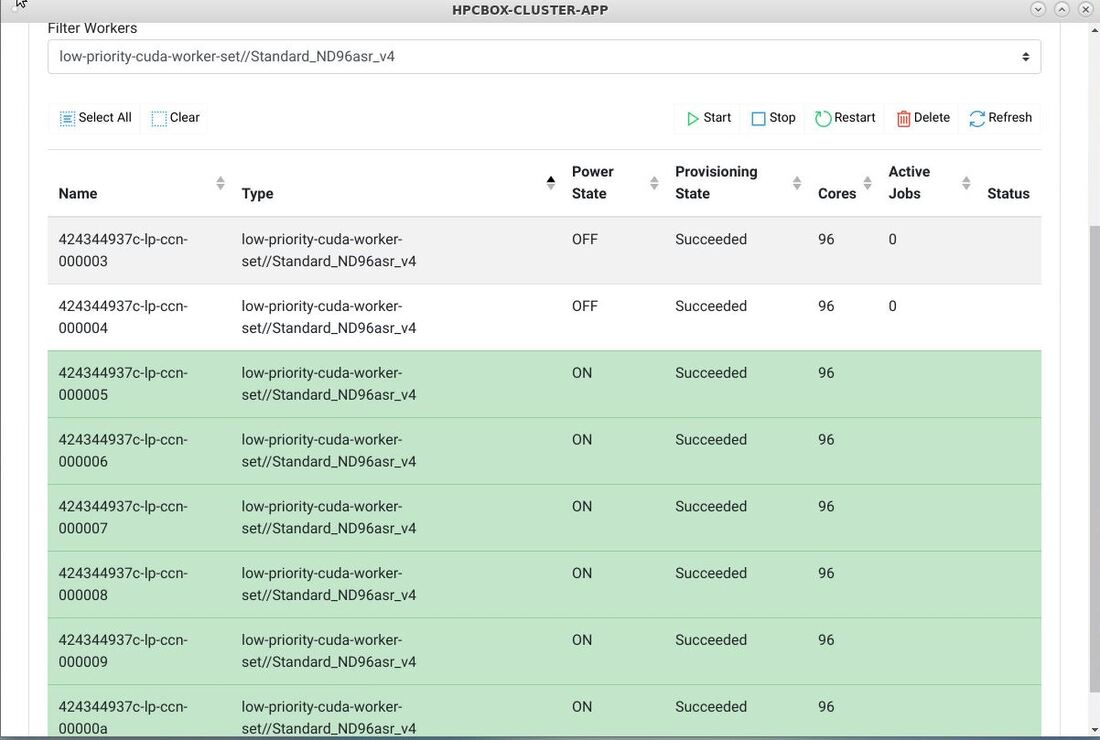
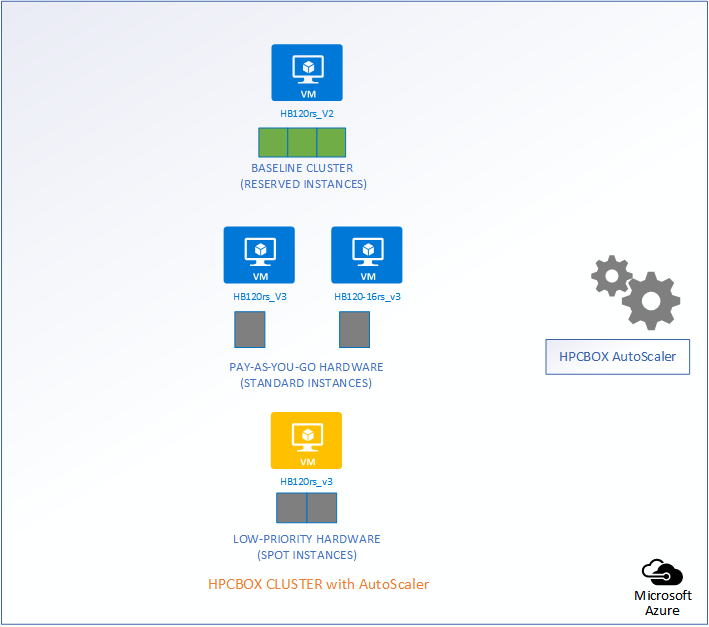
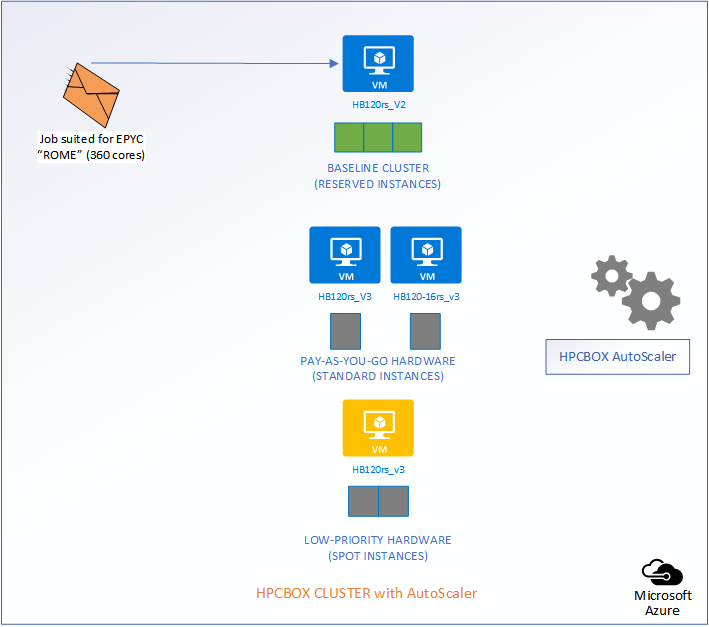
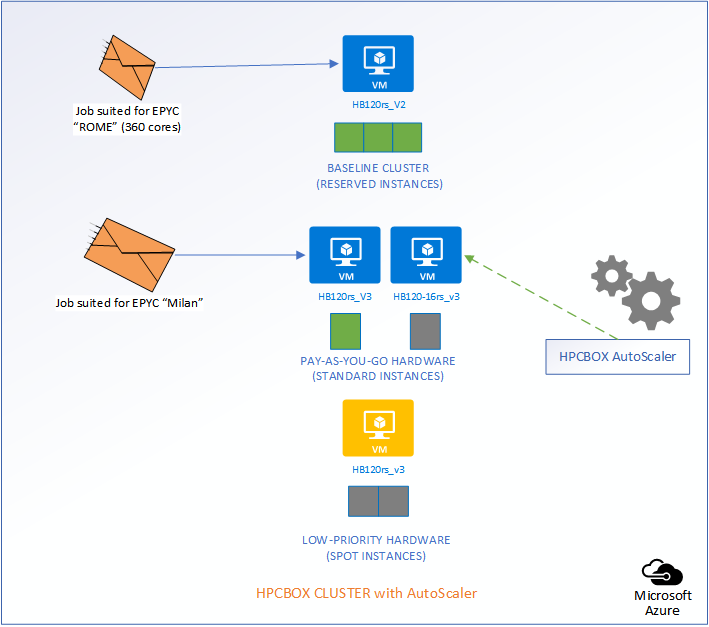
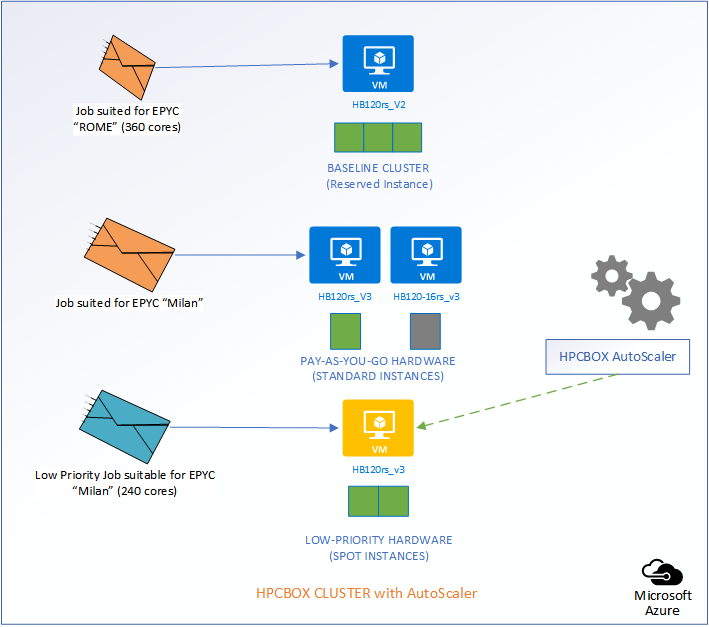
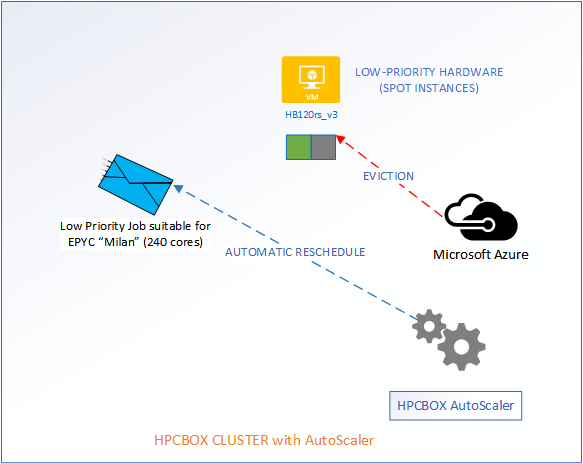
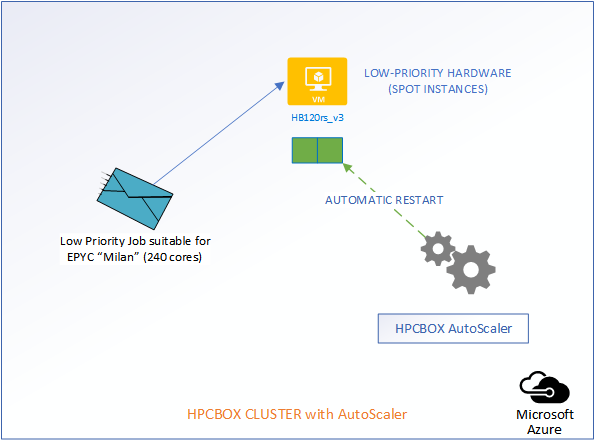
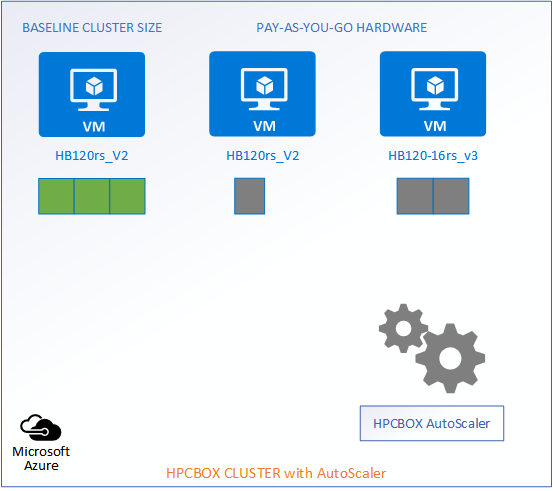
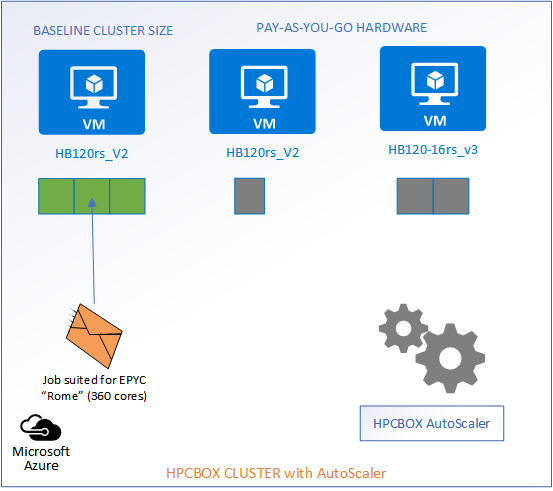
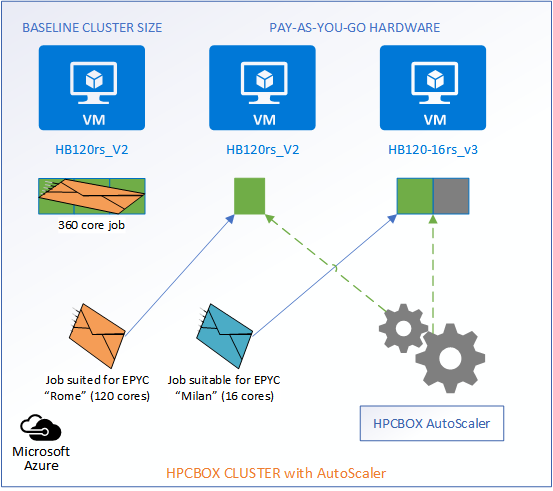
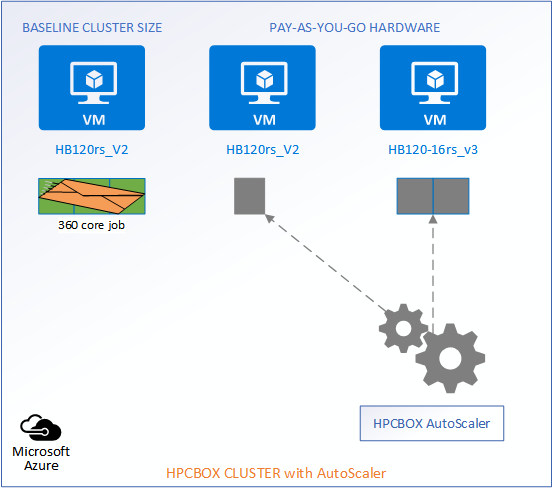
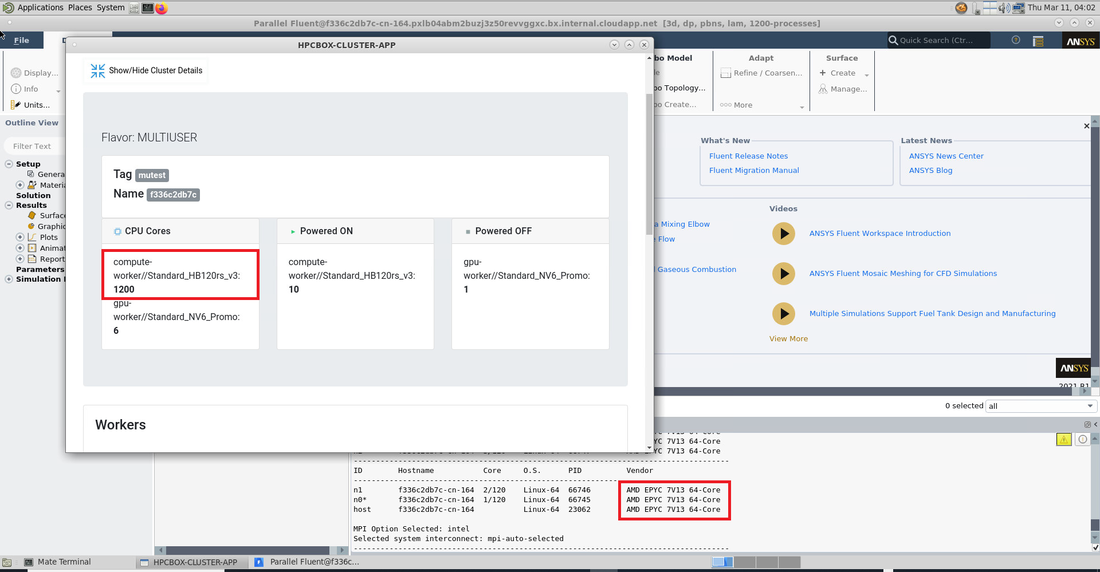
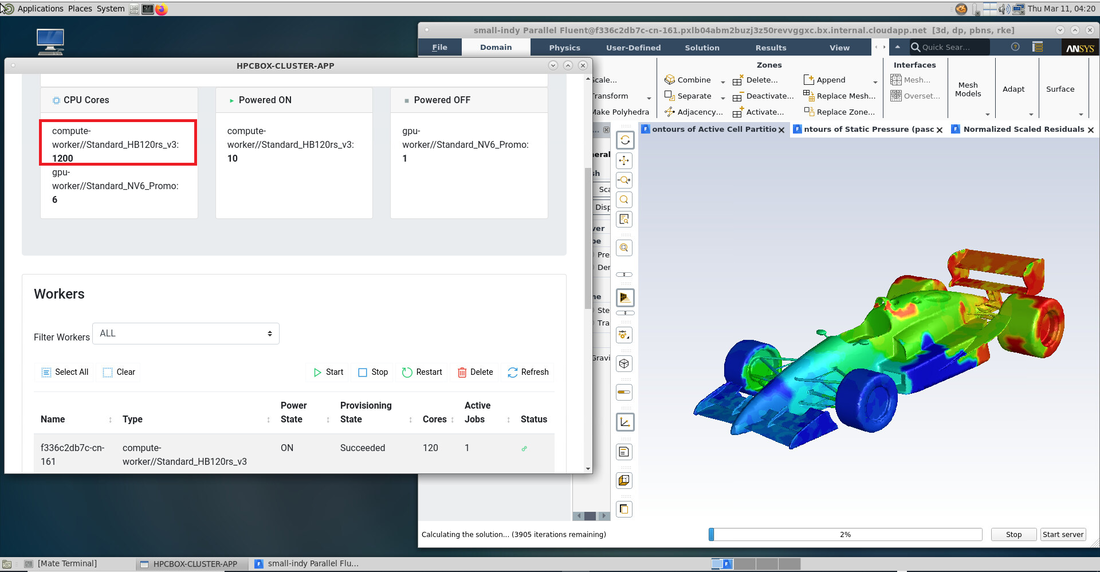
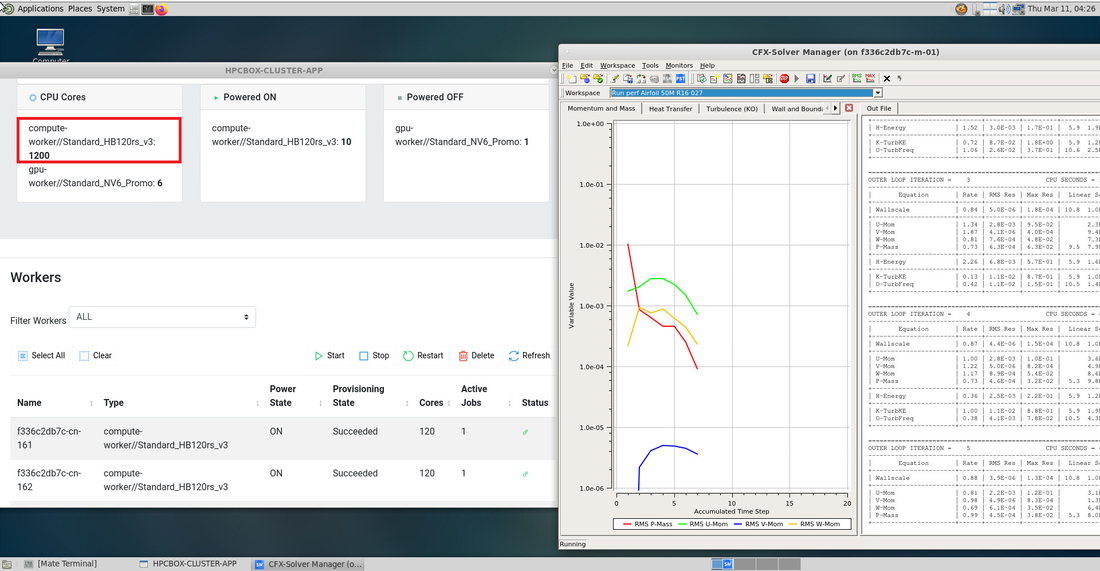
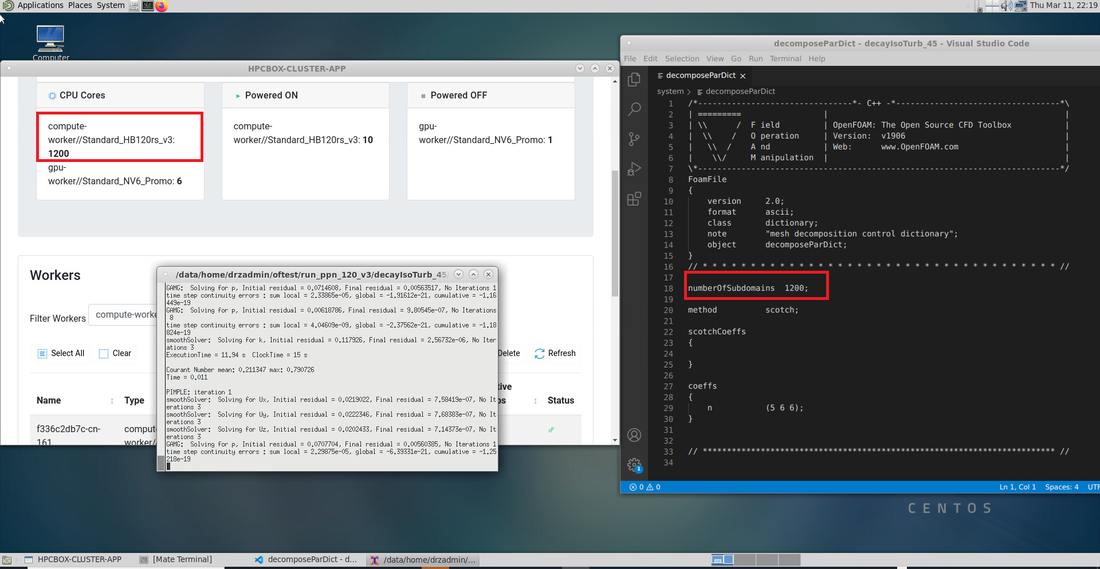

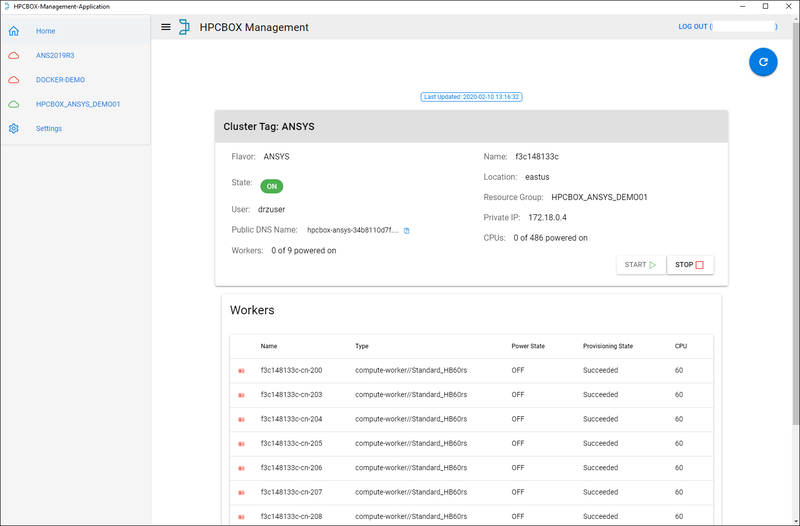

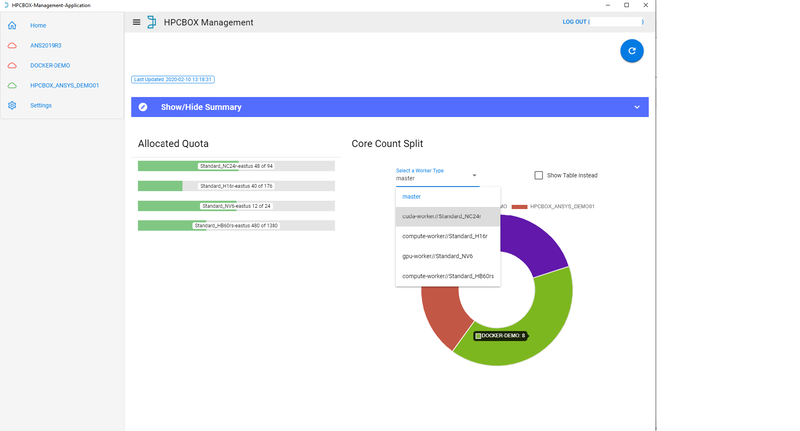
 RSS Feed
RSS Feed